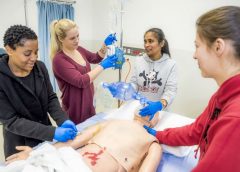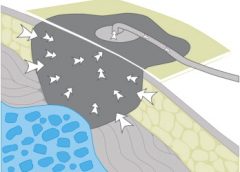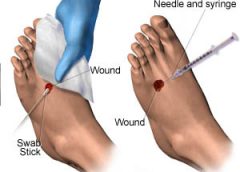By Jennifer Oakley, BS, RN, WCC, DWC, OMS
The author describes how to overcome challenges to effective communication in the healthcare setting.
Accurate communication among healthcare professionals can spell the difference between patient safety and patient harm. Communication can be a challenge, especially when done electronically. With an e-mail or a text, you can’t hear the other person’s voice or see the body language, so it’s easy to misinterpret the words. (more…)
Read More




